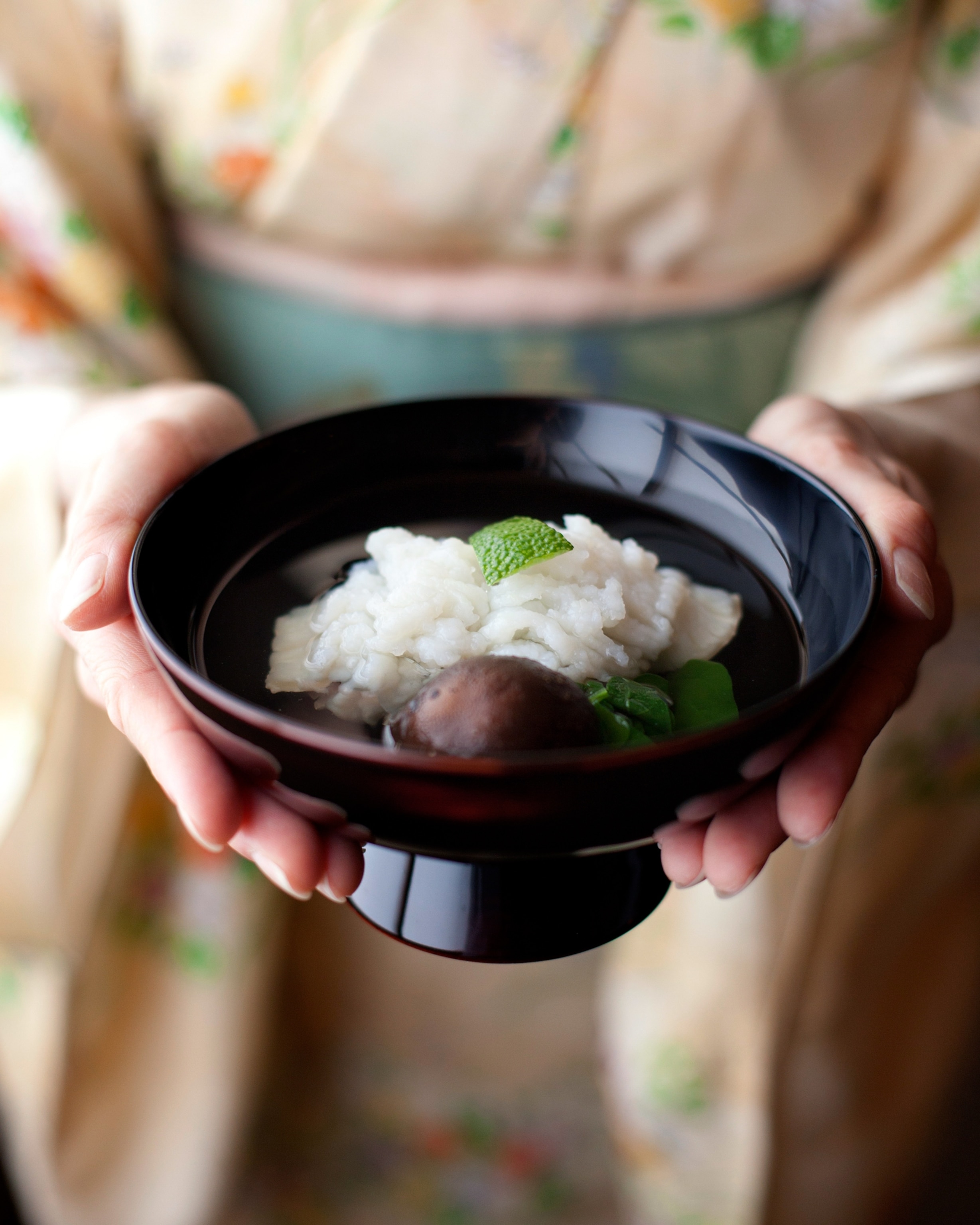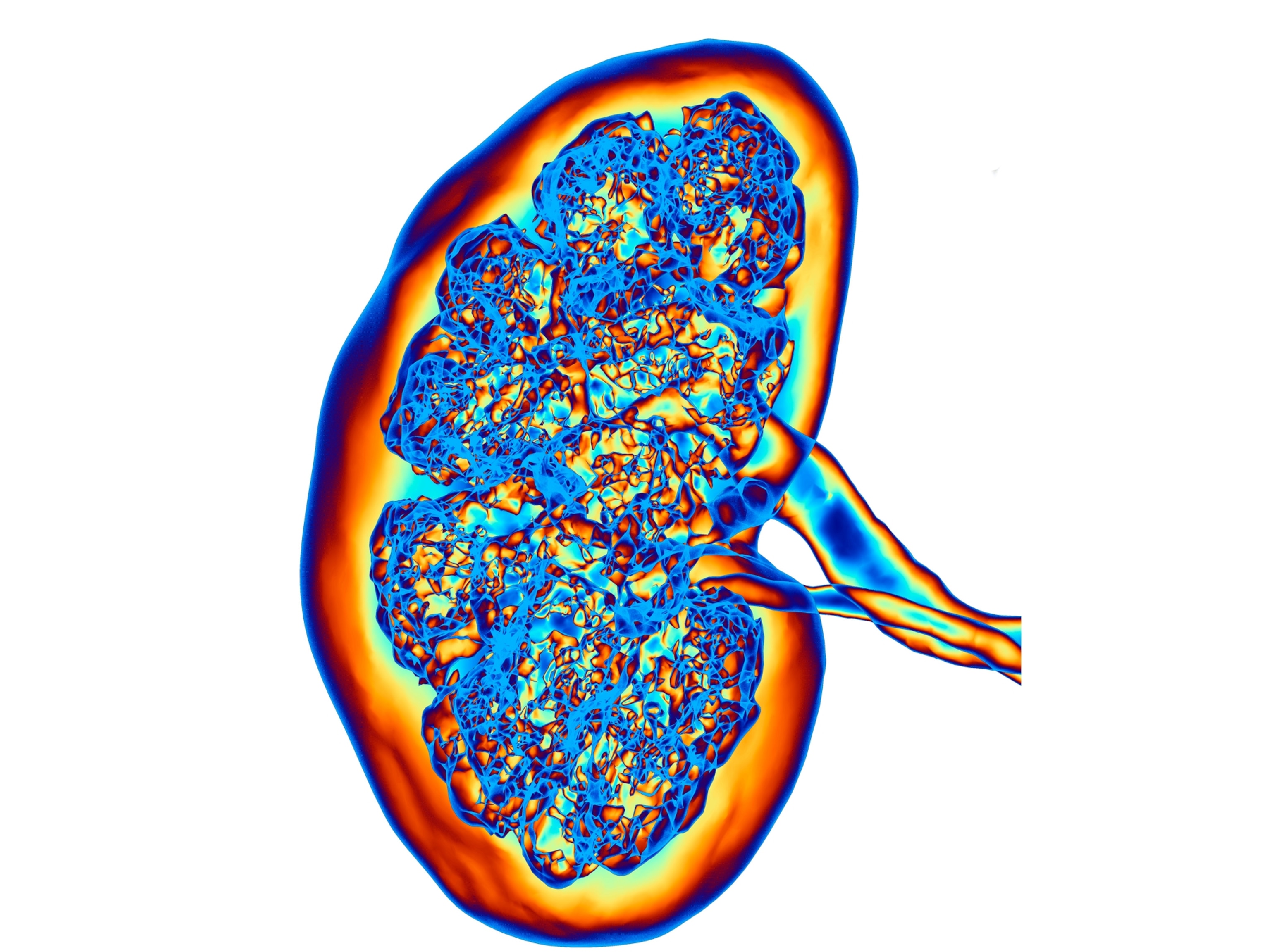What’s after umami? Scientists are hunting for the sixth basic taste
Could “fatty” or “starchy” one day become accepted as the sixth basic taste alongside the likes of sweet and salty?

In 1908, Japanese chemist Kikunae Ikeda was studying the active substances in kombu (seaweed), when he made a discovery that would change food science forever. Ikeda realized that a compound called glutamic acid was what gave seaweed such a distinct savory and meaty taste—nothing like the existing basic tastes of sweet, salty, sour, and bitter. He dubbed that taste umami.
Yet even though people have been eating seaweed, mushrooms, miso, aged cheeses, and fermented foods for ages, it took nearly a century of scientific debate for umami to be recognized worldwide as the fifth basic taste. It wasn’t until the 1990s that it gained universal recognition—and only after extensive psychophysical, electrophysiological, and biochemical studies that confirmed it was unlike any other existing taste.
Is it time to add a sixth taste to the roster? Some scientists argue that the answer is yes. They have put forward several new contenders. Should it be fatty? Starchy? Kokumi? Salty licorice? To varying degrees, researchers have made a case for all these in recent years.
It isn’t that scientists have been intentionally searching for a sixth taste. Rather, “there’s a fundamental science-based search for different ways we can experience the world in terms of taste and how it’s detected,” explains neuroscientist Emily Liman, the Harold Dornsife Chair in Neuroscience at the University of Southern California who specializes in sensory biology.
Breakthroughs in understanding the science of taste would allow food scientists to create more delicious foods—and could also help doctors diagnose and treat related disorders that involve a loss of your sense of taste.
But getting the scientific community to agree on a sixth taste is no easy feat.
To qualify as a basic taste, any contender must be proven to be as distinct as the sweetness of berries or the bitterness of kale.


What qualifies as a taste?
First, it’s important to note that “there’s a difference between taste and flavor,” says Marisa Moore, an Atlanta-based registered dietitian in culinary nutrition. “Taste begins on the tongue when the food molecules we eat mix with saliva and activate our tastebuds, which then send signals to the brain and trigger the perception of distinct tastes.”
Contrary to popular belief, the tongue does not have specific areas that detect each type of taste. Instead, basic tastes can be picked up by taste buds on various parts of the tongue, though different cells may have varying levels of sensitivity to sweet, sour, salty, bitter, and umami.
While taste begins in the mouth, flavor is what registers in the brain when it combines the entire experience of taste, texture, temperature, and aroma. “Taste and smell do interact in the brain to put together flavor,” says Richard Mattes, distinguished professor of nutrition science at Purdue University, “but that’s different from taste.”
The process of getting a new taste sensation accepted by the scientific community is complicated. “There is no widely agreed upon set of seven criteria and if you tick each box, you’ve got it,” Mattes says. “It’s just scientific consensus.”
Even so, various criteria have been proposed over the years. For starters, a taste needs to have a “chemical signature”—a set of chemical stimuli that are distinct from that of other substances. Then, Mattes says, you need to have a receptor anywhere on the tongue, palate, or throat where the chemical stimulus can interact with a cell in a taste bud.
That cell in the taste bud must then have a mechanism “to change the stimuli’s chemical signal to an electrical signal that is subsequently transmitted through nerves to the brain,” Mattes adds.
The electrical signal carried by taste nerves must activate regions in the brain that are associated with taste, and it needs to generate a unique taste perception in the brain that’s independent from other tastes. “It can’t overlap with another taste,” Lim says.
Finally, there needs to be a response in the body that results from these effects. “There should be a physiological response to activation of that sensory signal,” Mattes says. For example, he notes, the perception of sweetness triggers the release of insulin throughout the body.
A major challenge to getting the scientific community to accept a new taste has to do with the complexity of the research that needs to be conducted. “You have to go through a lot to prove a taste exists,” says Dawn Jackson Blatner, a registered dietitian nutritionist in Chicago and recipe creator for national brands.
The case for and against new tastes
None of the candidates for a sixth basic taste have passed this gauntlet of criteria yet—but some of them are closer to that benchmark than others.
The unlikely
Scientists aren’t quite convinced about kokumi—a flavor-enhancing sensation naturally present in fermented foods, aged foods, and slow-cooked foods like stews. Discovered by Japanese scientists in the late 1980s, kokumi has been identified in an amino acid that interacts with the tongue’s calcium receptors—which some argue make it a candidate as a taste. But kokumi is a bit idiosyncratic because it’s as much a feeling or impression as a taste.
Indeed because kokumi is a savory sensation that enhances other flavors, rather than providing a distinct one on its own, “it’s not clear whether it’s really taste or related to texture,” says Juyun Lim, a principal investigator at the Monell Chemical Senses Center in Philadelphia. “A lot of the taste world is problematic with words.”
Also in the murky area: salty licorice. In 2023, Liman and her colleagues published a study in Nature Communications, announcing they had found evidence that taste cells respond to ammonium chloride—which is used in salty licorice (often present in Scandinavian candies)—through the same protein receptor that signals sour taste. This research was touted and widely reported on as a potential sixth taste.
But even Liman wouldn’t go as far as to describe it as a basic taste, and she points out that identifying a sixth taste wasn’t the purpose of her research, either. “We were trying to understand how ammonium chloride is detected,” says Liman. “It’s a strong activator for the taste system and a common stimulus in the niche of taste research.”
She adds: "Our research raises the question of whether ammonium or sour is a fundamental taste as both involve the same receptor and neither involves a single pure population of taste cells.”
The possible
Then there’s the middle ground of what might be accepted as a sixth taste—if more research can back it up. A small study published in the journal Chemical Senses in 2016 suggested that starchy qualifies as a basic taste because humans can identify the taste of starch without any sensorial clues and saliva has enzymes that can break down starch.
“Every culture eats carbohydrates, often with every meal—it makes sense that we should be able to taste them,” says Lim, a coauthor of the study. While these criteria may have been proven, Lim’s team is still looking for specific starch receptors in the mouth that would further support designating starchy as an official taste.
The best bet
Only one recent candidate has come close to meeting the criteria for acceptance. In 2015, a team of researchers at Purdue University made a case for designating fat (as in: fatty acids) as the sixth basic taste and proposed naming it oleogustus. (The moniker stems from the Latin words for fat—“oleo”—and taste—“gustus.”)
Unlike the pleasant mouth-feel many people associate with the taste of fat, oleogustus tastes “like rancid oil—more like bitter than sweet or salty,” says Mattes.
So far most of the criteria have been met: The fat taste has been shown to stimulate taste receptors on the tongue and it has a taste that’s distinct from the other basic tastes. In addition, researchers have shown that specific receptors are activated by medium and long chain fatty acids. And it’s been shown that exposure to fat stimulates increases in blood concentrations of triacylglycerols (a type of lipid that stores energy in the body).
Yet, even when many of the criteria have been met with scientific evidence, that doesn’t mean something is automatically accepted as an official taste. “The closer you get to changing long-held, deeply held views of how science works, the more resistance is encountered,” Mattes says. “It takes a long time to get a scientific consensus.”
Why taste matters so much
Despite all these hurdles, scientists continue to study taste—and debate what the next big one might be—because taste is important. For starters, “it’s about what we crave, how we cook, and how satisfied we feel after eating,” says Blatner, author of The Superfood Swap.
The basic tastes also can influence people’s eating habits. For example, some researchers have linked an insensitivity to fatty acid tastes with overweight or obesity. On the other hand, research has found that sipping broth with an umami taste right before visiting a buffet can prevent people from gorging excessively.
Specific tastes are also used “ to make meals satisfying, which can help us avoid overeating,” Blatner says.
The basic tastes play other roles, too. “Some tastes have an evolutionary function—for bitter, it’s [often] avoidance of plant toxins,” Liman notes. “For sweet, it’s for the caloric properties of carbohydrates.”
Indeed, some tastes can warn us not to eat foods that may be harmful, notes Blatner. “It can help us figure out how fresh something is or whether something is spoiled.”
Mattes’ research, for example, found that oleogustus isn’t appealing. “It’s very unpleasant,” he says. “It’s a warning signal telling you this is not the best thing to eat.”
But the question of whether oleogustus counts as a sixth taste is ultimately still a matter of debate. Perhaps we’ll have an answer before the next century.








